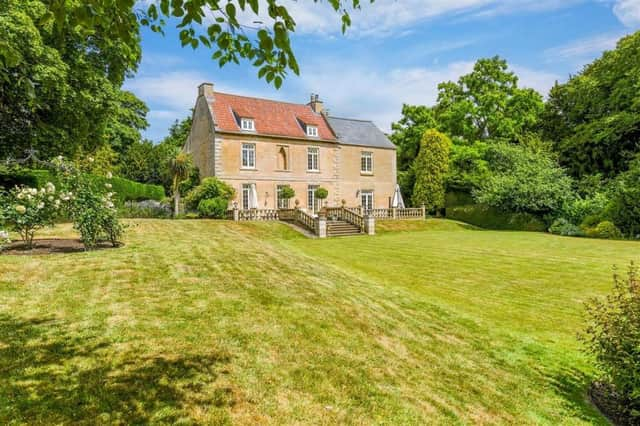The stunning six bedroom home in South Rauceby, near Sleaford, was built about 1655.
Originally, it sat alongside a chapel, but that has since been demolished.
It is believed that the home was once used as a convent, hence the niche and bell feature on its southern elevation.
In 1830, a number of extensions and additions took place. These developments were carried out by Augustus Pugin, who is best known for his work on the Palace of Westminster.
In 1918, Prince Albert lived at the property with the owners of the time, having left his quarters at Cranwell, and the Prince of Wales also stayed at the house. It means that two kings have resided there – King George VI and King Edward VIII.
Features include: a drawing room with multiple French doors leading out onto the elevated terrace, a panelled library, a dining room (which also opens out onto the terrace), a breakfast room and adjoining kitchen, and a cellar.
The home is on the market for £1,250,000. Enquiries to Mount & Minster, Lincoln, on 01522 716204.
It is believed that the home was once used as a convent, hence the niche and bell feature on its southern elevation.
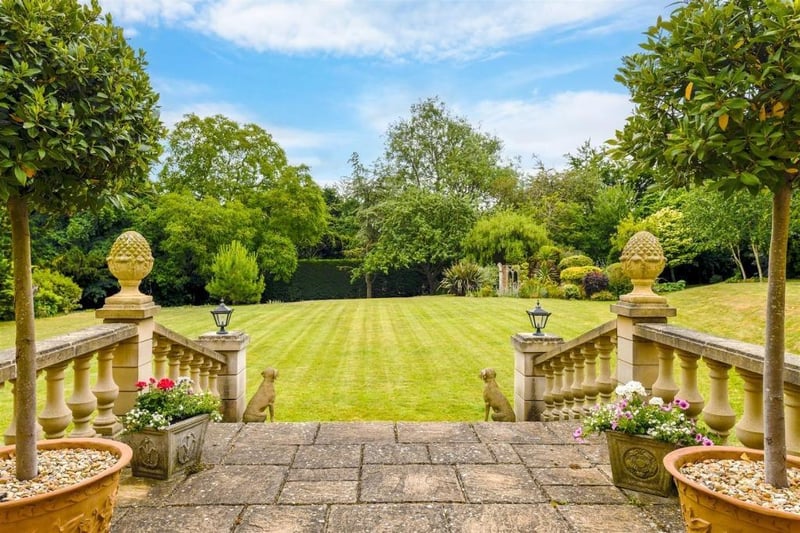
13. Main Street, South Rauceby
Looking out from the terrace over the garden. Photo: Contributor
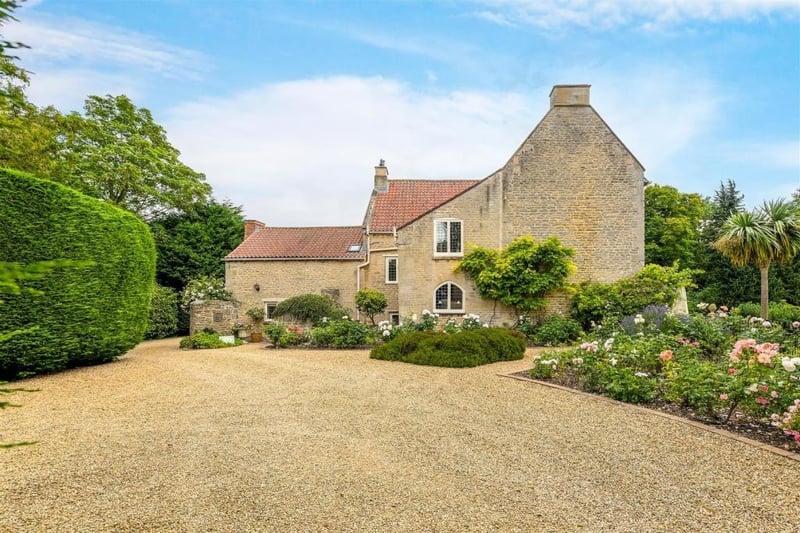
14. Main Street, South Rauceby
Approaching the house. Photo: Contributor
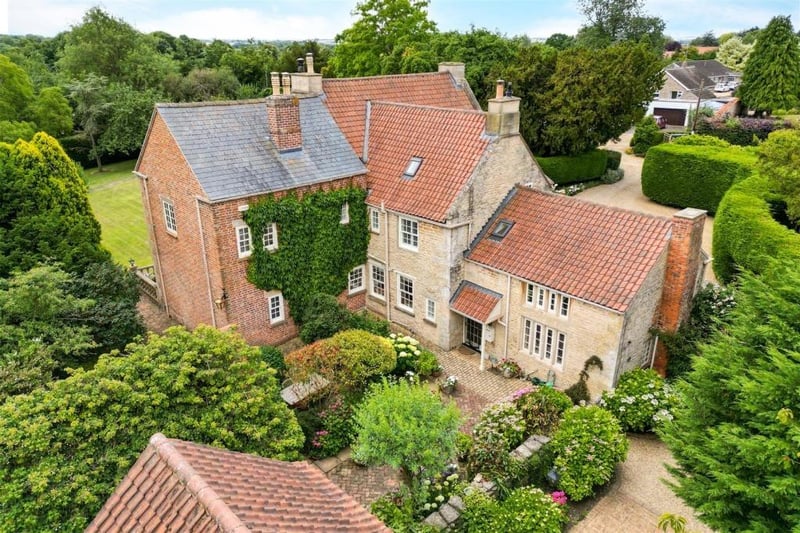
15. Main Street, South Rauceby
An aerial view of the home. Photo: Contributor
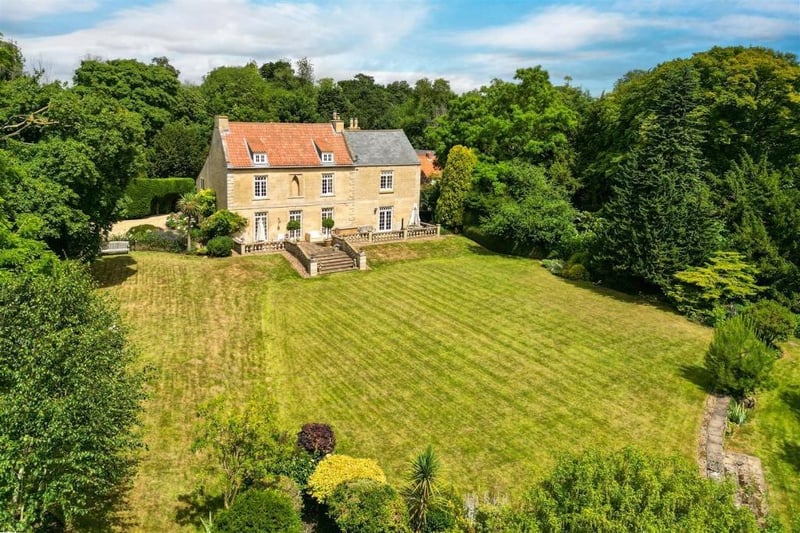
16. Main Street, South Rauceby
Another aerial view. Photo: Contributor
